If you love the flavors of fresh homemade salsa during the summer months, then planting and growing a salsa garden needs to be in your future! And with the exception of just a few ingredients, almost everyone can grow everything they need with ease right in their own backyard!
Fresh salsa is one of those summer recipes that makes the most out of your garden produce. Whether you enjoy it chunky or smooth, mild or spicy, all the basic ingredients are essentially the same.
With a few plants like tomatoes, peppers, onions, and garlic, you have the makings of an amazing homemade salsa. Throw in a little cilantro or any of your favorite herbs – and you can create a salsa that is as unique as you are!
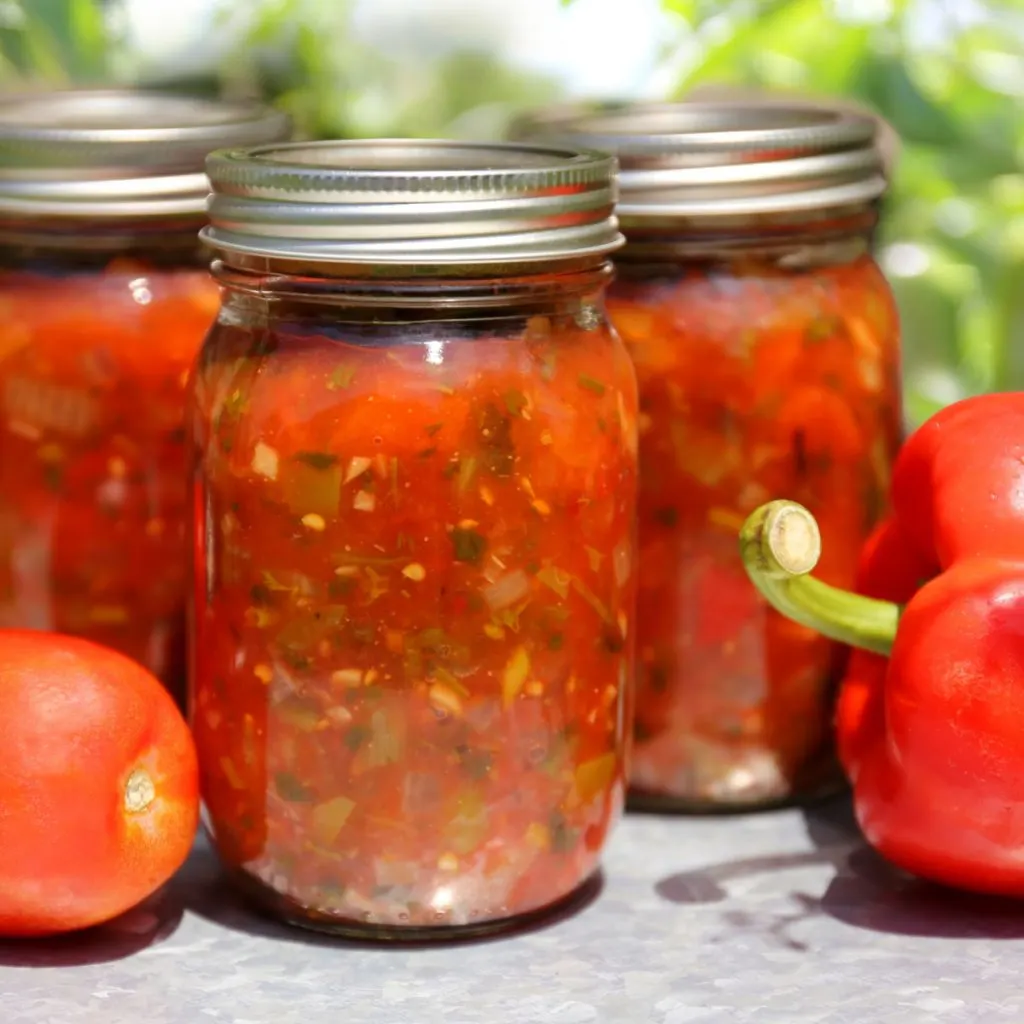
You’ve never really enjoyed the fresh, bright flavors of salsa until you’ve harvested the ingredients the same exact day that you dip that chip into the bowl. Even better, salsa is one of the easiest of all foods to can to use later – so you make enough to have the whole year round!
The key to creating a successful salsa garden is to plant just enough of the right variety of each plant to provide you with plenty of produce to enjoy multiple batches of salsa all summer long.
How To Grow A Salsa Garden
You can create a salsa garden using as little as 18 square feet (3 feet by 6 feet). Raised beds are a great way to dedicate a specific space just for the salsa plants, as are bucket or small planter boxes. These can be a great option for limited space and patio growing too! DIY Garden Box Step By Step Plans
Whatever growing medium you use, the important thing is to fill the growing space with loose, well-draining soil that is full of nutrients. Don’t just fill it up with topsoil or garden soil. These types of soils won’t be able to drain well enough on their own without a little bit of help.
Instead, you can create your own power-packed soil. Simply mix together equal parts pulverized topsoil with compost and add in some perlite and potting soil.
If using in-ground soil, loosen the soil at least 6 inches down prior to planting. Then, mix in 2 to 3 inches of compost to help add plenty of organic matter as well as improve drainage. Remember that starting with good soil is laying the groundwork for a great harvest!
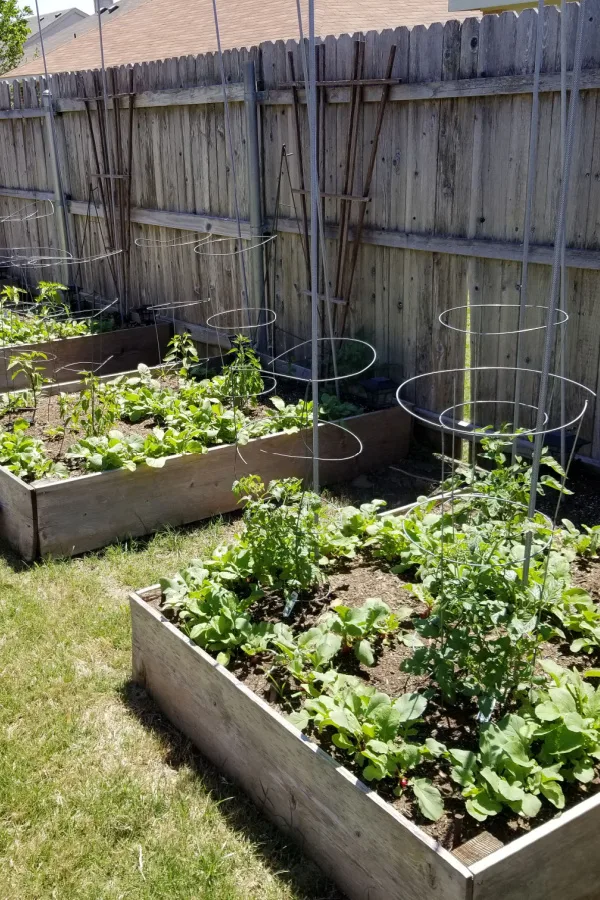
For your salsa garden to truly succeed, choose a location in your yard that receives plenty of sunlight. The spot needs to get at least 6 to 8 hours of direct sunlight daily. Now, on to the plants!
Tomatoes
For a basic salsa garden, you need three to four tomato plants. To ensure that your salsa will be packed full of flavor and texture, choose different tomato varieties. Pick plants that are indeterminate varieties, which means they will continue to produce fruit all growing season long as opposed to all at once.
Plant the tomato transplants on the north side of the salsa garden in late spring. This ensures that they won’t shade out the other shorter vegetables in the space. You will need to include some sort of support or trellis for keeping the plants up off the ground.
Best Varieties To Use
There’s no question that the star ingredient of fresh homemade salsa is the tomatoes. However, not every type of tomato is good for turning into salsa though.
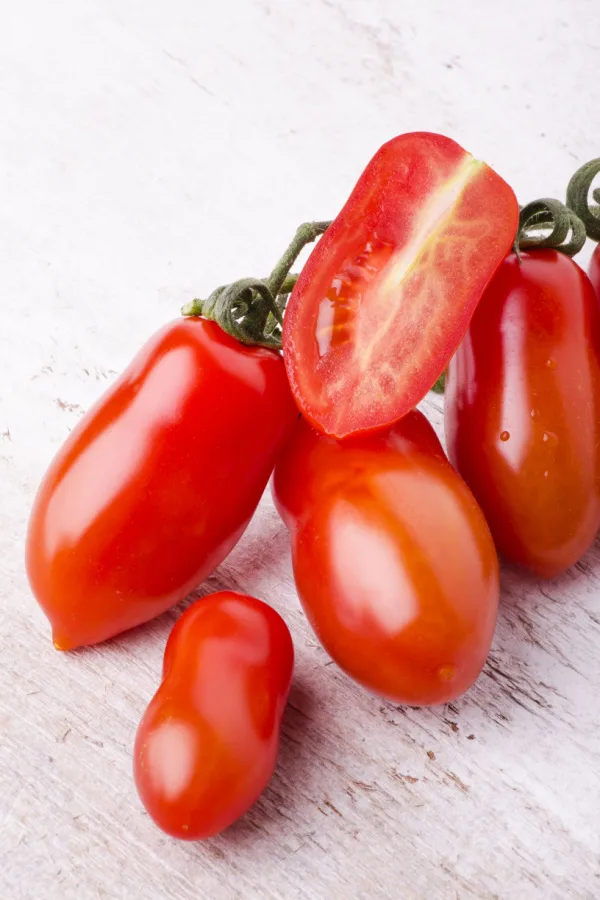
Some tomato varieties are sweeter while others have higher acid levels. In addition, some tomatoes are chock full of juice and seeds while others are filled with meaty flesh. A combination really makes for the best salsas of all.
Have at least two of the three plants be paste tomatoes. These tomato varieties have a very low moisture content with fewer seeds and plenty of meaty flesh, making them ideal for making salsa. Some of the most popular paste varieties include Roma, Juilet, Amish Paste, and San Marzano. See Growing San Marzano Tomatoes – The Best Paste Tomato Around!
The remaining tomato plant can be a flavorful beefsteak variety like Brandywine, Mortgage Lifter, or Cherokee Purple.
Peppers
Like tomatoes, pepper transplants need to be added in late spring once the soil warms enough and the threat of frost is gone. Choose four peppers for your space and plant them in front of tomato plants. Use small tomato cages as support for larger varieties.
Whether you prefer hot or mild salsa will dictate which varieties of pepper plants you grow in your salsa garden. If you prefer salsa with a bit of a kick, choose Jalapeno, Habanero, or Serrano peppers for the best flavors.
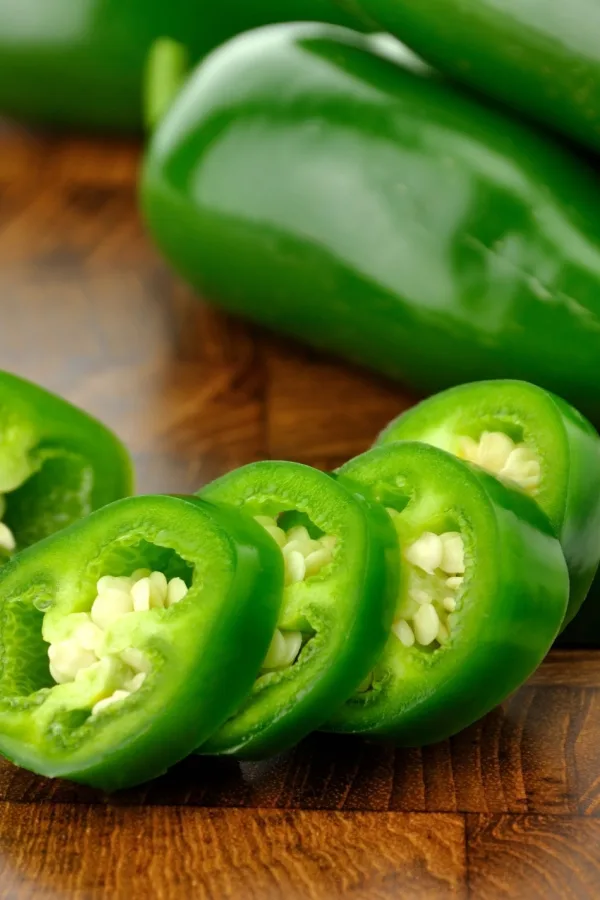
Choose milder peppers like Anaheim for just a hint of heat. Or go completely mild by using green bell peppers or varieties like Nadapeno peppers, which include the flavors of traditional Jalapenos but without all the heat. Affiliate Link: Nadapeno Jalapeno Pepper Seeds – Heirloom
Mix and match different varieties to find a combination that works for the flavor profile you are after.
Onions
Onions are next up for your salsa garden. This is another one of those vegetables that can vary in flavor from sweet to pungent. Growing a combination of red, white, and yellow onions will give your salsa the best flavor profile.
For the best success, plant onion sets in the spring. You can purchase onion sets from local garden centers or online. Affiliate Link: Stargazer Perennials Mixed Red, White and Yellow Onion Sets
Choose varieties that work well with your growing location since some onions are considered to be long-day onions while others are short-day plants. Space onions about 4 inches apart for a total of about 3 square feet.
Garlic
This is the only part of your salsa garden that you might need to plant in the fall as opposed to in the spring to get a larger bulb. However, you can plant softneck garlic in early spring as soon as the soil can be worked. The bulbs will be smaller but will still taste amazing.
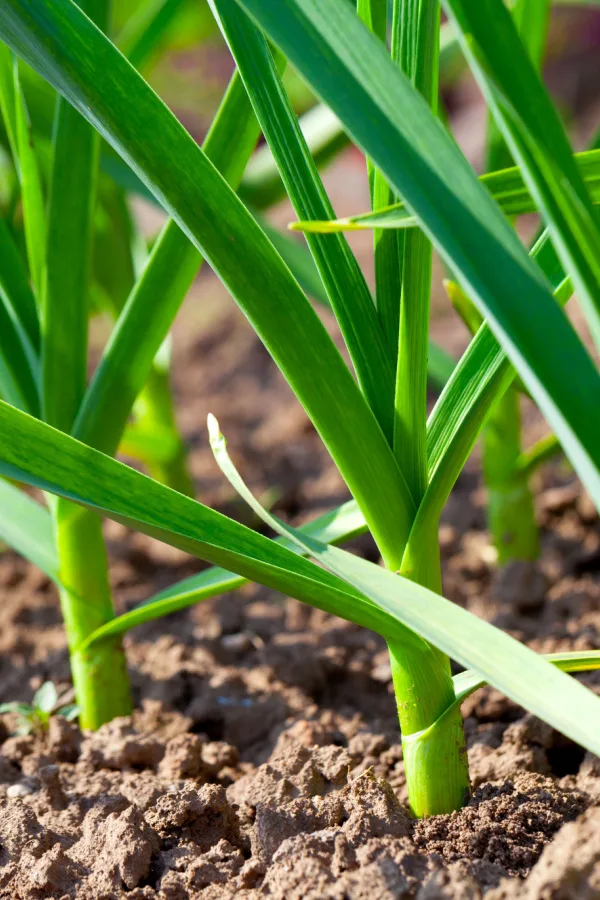
Don’t use garlic that you purchase at your local grocery center for planting. Most of these have been sprayed with a growth inhibitor. Use garlic cloves intended for seed instead. Space garlic cloves every few inches apart. Aim for planting about 9 cloves in a single square foot space.
Optional – Cilantro
The last part of your salsa garden is cilantro. Cilantro is the flat green leaves of the herb, coriander. It adds a nice freshness to your salsa, but some people choose to exclude this ingredient. Affiliate Link: Cilantro Seed
Cilantro seeds can be planted directly in your salsa garden bed. Choose a variety of cilantro that is slow to bolt, or consider succession planting so you always have fresh cilantro on hand throughout the entire summer. Space planting out about every three weeks for best luck at a continual harvest.
Here’s to enjoying fresh homemade salsa planted and grown right in your own backyard!
Follow Our Facebook Page For Even More Great Tomato Growing Tips! I Grow Tomatoes Facebook Page
I Grow Tomatoes is a website created for those who love all things about tomatoes – from planting and growing – to cooking and canning! We publish two articles every week, 52 weeks a year. Sign up today to follow via email! This article may contain affiliate links.
